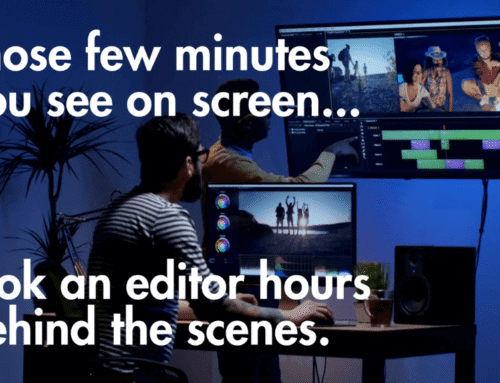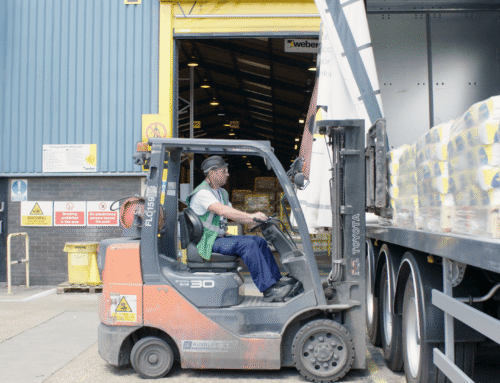Master your Camera Setup and Framing…
At Turps Film, we make a LOT of video content. Some of it is for consumers, some of it is B2B and some of it is internal. All of these audiences need to be catered to, not only in terms of content but also in terms of aesthetic style!
It’s important to understand the crucial role that camera setups and framing play in corporate video production. The right camera setups and framing can make a significant difference in the overall quality of the video and can have a huge impact on the audience’s perception of the value of the content.
Camera Setups- What they are
One of the most common camera setups used in corporate video production is the two-camera setup. If we’re on set doing a talking head, chances are we’ll be cracking out the ol’ faithful. This setup typically includes one camera that provides a wide shot of the scene and another camera that captures close-up shots of the subject. This camera setup is great for interviews as it allows us to showcase the interviewee on a relevant backdrop (office, factory floor, museum…the Tyne Bridge, etc.) but the close-up gives us two wonderful benefits.
The first is that, if the interviewee gets a bit flustered or doesn’t quite know what they want to say, or even if they accidentally swear mid-sentence, having two cameras allows our skilled editors to seamlessly cut between the shots to create the impression of a flawless delivery. For example, if an interviewee was to say “Our company has been established for over … oh…how long was it? Is it 42 or 44 years?…oh right…. 45 years and we…”, we can edit that down to ” Our company has been established for over 45 years and we…”, and nobody would even notice! It’s our job to make you look good, and we do that incredibly well!
The second benefit of 2 camera setups is that we can use that second angle to really accentuate a key point. A close-up puts more emphasis on the speaker’s emotion and makes us focus on the meaning behind the words being said.


Centre framing is another popular technique used in corporate video production where you want to address your audience directly. These are a little bit more tricky as on a centre-framed shot, it’s just you and the camera! With a 2 camera setup, typically you’re talking off the barrel (not down the lens) so you get to have a fairly normal conversation with the producer, who’ll be giving you helpful bits of feedback like a head nod or a thumbs-up. No such luxury here though, it’s all just you, your words, and the camera. It can be tricky but with the right crew supporting you, they can actually end up being quite fun.
Centre framing is often used for formal presentations, speeches, and announcements but really, they’re perfect for any type of content where you want to speak to your audience. They’re worth doing because there’s no better way to talk to your viewer via video. If you want something to do something after watching a video, tell them! Look them in the eye (…or look into the lens. To them, it’ll feel like you’re looking right at them) and share your message. It builds trust with your audience and it gives your message weight.
For more dynamic shots, a walk-and-talk technique can be used. This involves following a subject as they move through space while speaking, creating a sense of movement and energy in the video. Walk and talk shots are often used in corporate videos to introduce a new product or service or to showcase a company’s facilities. These aren’t easy and often require the use of an actor or somebody with a bit of experience working with video, however not always! We recently carried one out with St Oswald’s Hospice and George (below) absolutely nailed his performance despite having never been in front of the camera before!

There are many many more setups that could be considered on a corporate shoot but the above hopefully show that camera setups and framing is an essential element of corporate video production that should not be overlooked. Understanding the different techniques and styles available can help video production agencies create engaging and effective corporate videos that capture their clients’ messaging and leave a lasting impact on their audience.
Next time, we’ll take a look at cutaways! (Also known as B-roll). Combine cutaways with the above footage for your content (or A-roll) and you’ve got yourself a film!
Want to incorporate video into your business? Drop us a line and we’ll get you started!

















Leave A Comment